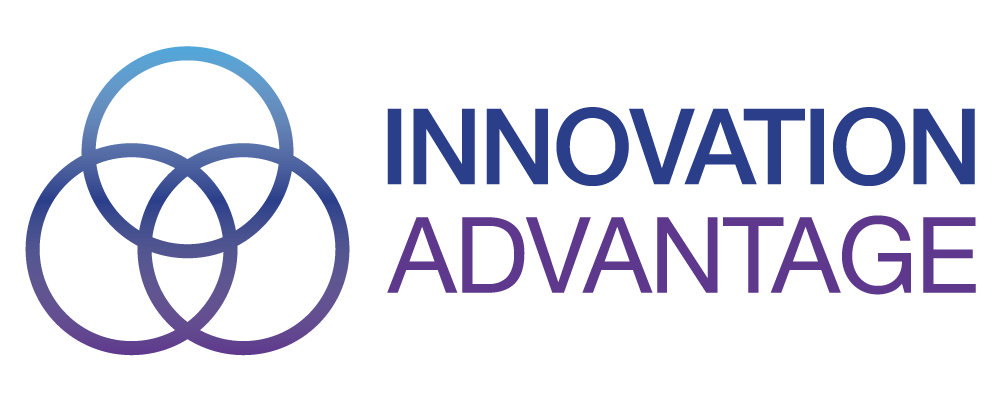The Modern Nursing Environment and Why it Needs to Change
Virtual nursing is becoming the fastest-growing care delivery model, and we’re seeing rapid changes in practice. Virtual nursing is part of a larger strategy of virtual care. It is a hybrid care delivery model, meaning that an on-site team delivers some of the care, and some care is provided in a virtual (remote) manner. The virtual nursing care delivery model for inpatients impacts care in many ways, including supplementing the nursing workforce, improving care efficiency, reducing the cost of care, reducing administrative burden, improving patient and care team experience, and improving patient safety, to name a few.
Nursing is a profession that lies at the heart of healthcare, providing critical support, care, and compassion to patients in times of need. However, the modern nursing environment is facing numerous challenges that necessitate change. In this blog post, we will explore the current state of the nursing profession, the reasons it needs to evolve, and the potential benefits of these changes.
The Need for Change
High workloads and burnout are causing many nurses to leave the profession. Based on an AMN Healthcare 2023 Survey of Registered Nurses, nearly one in three nurses leave their jobs within the first two years. To address this issue, changes must be made to improve job satisfaction and reduce burnout. Nurse burnout and high workloads can compromise patient safety. Fatigued nurses are more prone to errors, which can have life-threatening consequences for patients. Many nurses struggle to maintain a healthy work-life balance due to long shifts and irregular hours. This can lead to personal stress and negatively impact their overall well-being. Nurses are highly skilled professionals, and practicing at the top of their license while offloading non-value-added tasks can alleviate some of their burdens.
While technology is a crucial part of the modern nursing environment, it should be integrated to support nurses’ work rather than overwhelm them. User-friendly, more intuitive EHRs, and a streamlined, less redundant documentation process can reduce administrative burdens. Teaching aspiring nurses still in the workforce pipeline about technology enhancements will smooth the transition to practice as they will already understand how emerging technologies function and what their benefits are.
The Benefits of Change
A less stressed and more satisfied nursing workforce can provide higher quality care, improving patient outcomes and satisfaction. By addressing the contributors to burnout and enhancing job satisfaction, healthcare organizations can reduce nurse turnover, which is costly and disrupts patient care. Changes in workload management through virtual nursing can also enable nurses to experience higher job satisfaction and overall well-being. Nurses who feel supported, empowered, and engaged in their work are more likely to be satisfied.
Conclusion
Virtual nurses can effectively engage with fellow healthcare team members using secure electronic health records and encrypted messaging platforms. This fosters smooth transitions in patient care and minimizes the likelihood of medical errors. Virtual nursing improves the transition to practice care coordination and facilitates communication among healthcare professionals.
The modern nursing environment is facing numerous challenges, but change is not only necessary but also achievable. By addressing issues such as nurse burnout, patient safety, and a supportive practice environment, healthcare organizations can create a more positive and sustainable nursing environment. Ultimately, these changes will benefit nurses and patients, leading to improved healthcare outcomes and a more resilient nursing profession. It’s time to embrace change and ensure that nursing continues to thrive as the backbone of healthcare.

